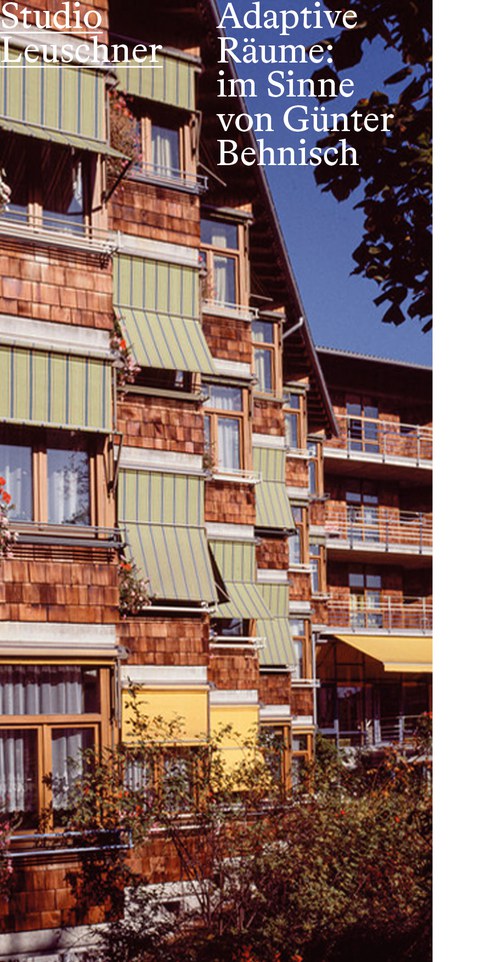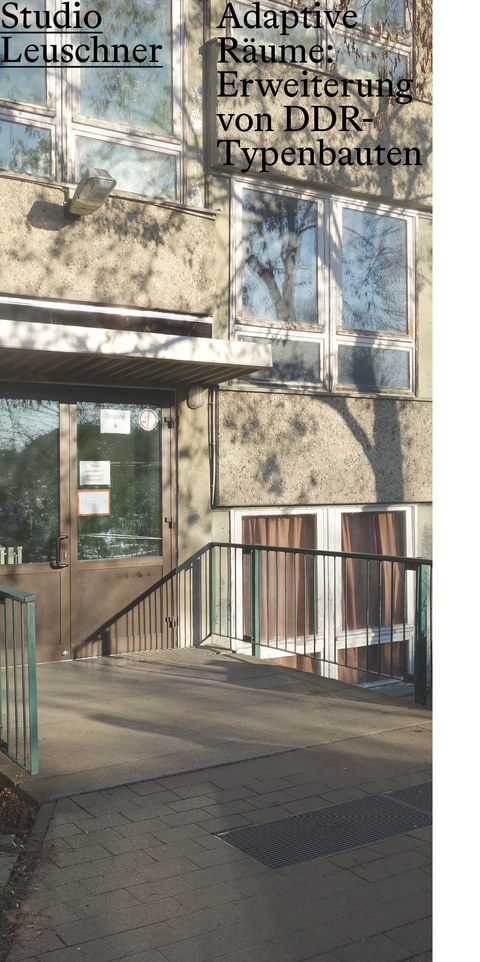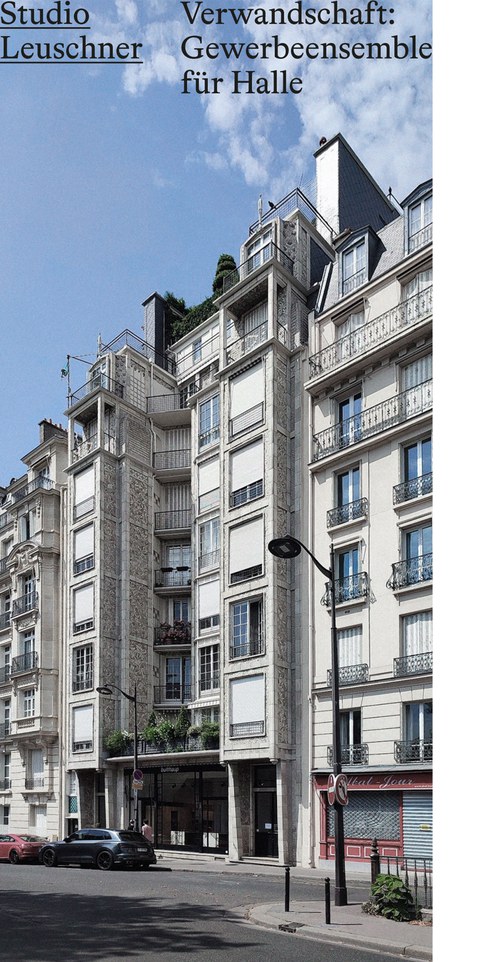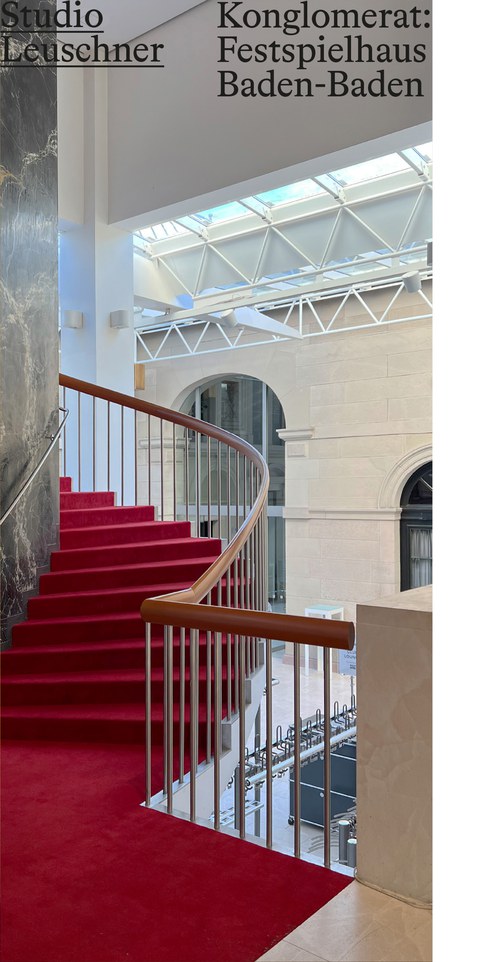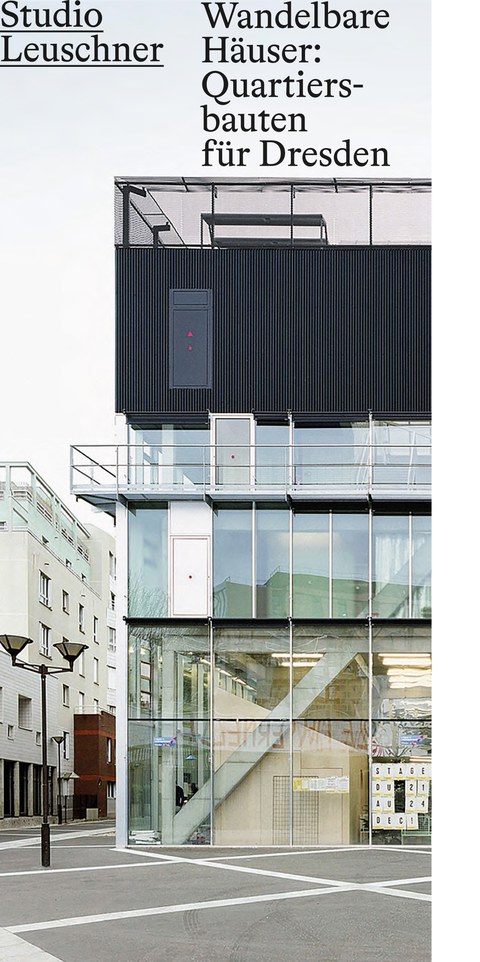WiSe 25/26 - Hauptstudium
Sich an Ideen anderer zu bedienen, ist ein legitimes Mittel aller Künste. In der zeitgenössischen Kunst spielt das Kopieren eine wichtige Rolle: Künstler verweisen auf andere Werke, um eigene künstlerische Botschaften zu vermitteln. Dabei geht es nicht um reine Reproduktion, sondern um ein umfassendes Verständnis des Werks und dessen Transformation oder Weiterentwicklung. Durch diesen Prozess der schöpferischen Auseinandersetzung entsteht aus dem bloßen Kopieren so etwas wie eine Aneignung – das Kreierte wird zu etwas Eigenem.
Wenn auch wir als Architekten kopieren in dem, was wir tun – und davon gehen wir aus –, stellt sich für uns die Frage, welche Dinge unsere Wahl beeinflussen und welche Werke wir als kopierwürdig betrachten. Zudem können wir nur Dinge kopieren, die wir kennen; somit spielt der Fundus, aus dem wir schöpfen können, eine entscheidende Rolle. Oft beobachten wir in der Lehre, dass die Wahl der Referenz auf zeitgenössische Bauten fällt – aus Vertrautheit oder Gewohnheit heraus. Und so haben wir uns in den letzten Jahren an gestreifte Markisen gewöhnt, an Pastellfarben und an ausgestelltes Wellblech.
In diesem Semester reflektieren wir den Umgang mit Referenzen und möchten uns in diesem Zusammenhang ikonenhafte Architekturen ansehen, die die Arbeit früherer Generationen geprägt haben. Wir werden diese analysieren, sie im nächsten Schritt in unser Grundstück implantieren und an unsere Aufgabe anpassen. Wir möchten verstehen, unter welchen Bedingungen sie entstanden sind, was ihre gesellschaftlichen und ökonomischen Rahmenbedingungen waren und welche architektonische Haltung sie zum Ausdruck brachten. Wir werden im Sinne dieser Ikonen entwerfen und zugleich untersuchen, wie wir diese unter dem Blickwinkel heutiger Randbedingungen, der Ressourcenknappheit und der „Ökonomie der Mittel“ anpassen können und müssen.
Wir möchten dies im Kontext von Häusern tun, die ebenfalls Kinder ihrer Zeit sind: Wir werden am Rande des Kunstareals in München entwerfen, nahe den Pinakotheken und Hochschulen. Ein Haus für Künstlerinnen, die in München temporär wohnen, arbeiten und ihre Werke präsentieren – in direkter Nachbarschaft zur Pinakothek der Moderne, die wir betrachten, hinterfragen und deren Außen- und Schwellenräume wir transformieren möchten. Aspekte wie die Ausformulierung qualitätvoller Freiräume und die Berücksichtigung von Barrierefreiheit sind Teil der Entwurfsüberlegungen. Das Raumprogramm kann dabei auf mehrere Baukörper verteilt werden, um differenzierte Freiräume zu schaffen, städtebauliche Bezüge zu stärken und flexible Nutzungen zu ermöglichen. Die bestehenden Provisorien sollen erhalten bleiben.
Das Projekt wird grundsätzlich in Zweiergruppen bearbeitet, Studierende im Vertiefungsentwurf arbeiten alleine. Die Arbeit in den Zeichenräumen am Lehrstuhl wird ausdrücklich gewünscht.
______________________________________
Sommersemester 2025 - Vertiefungsentwurf
Sommersemester 2025 - Hauptentwurf
______________________________________
Wintersemester 2024 - 2025
______________________________________
Sommersemester 2024
______________________________________
Wintersemester 2023 -2024


